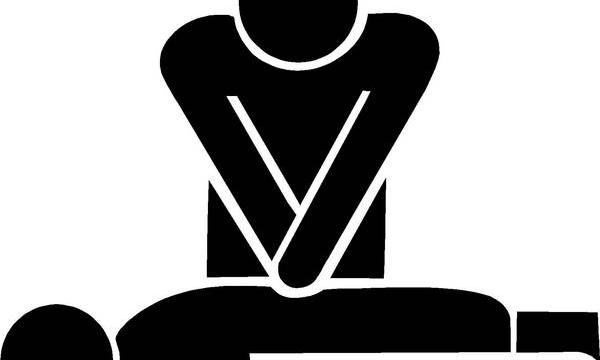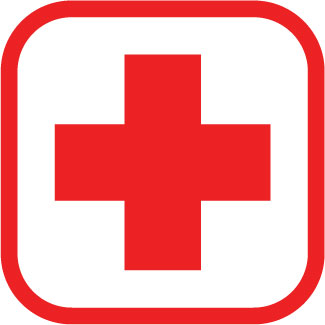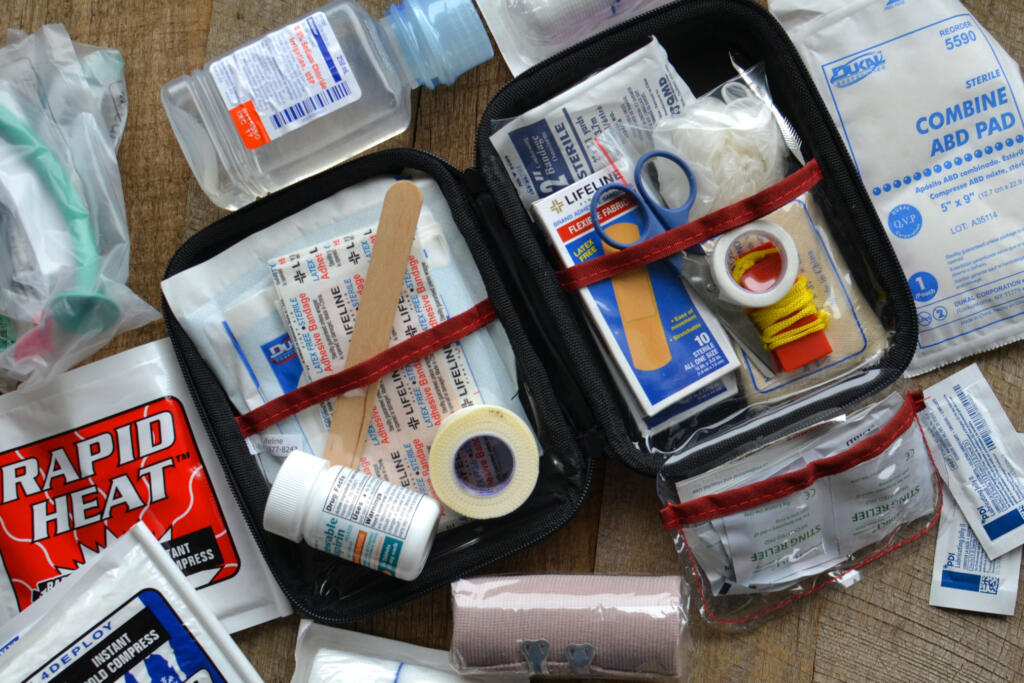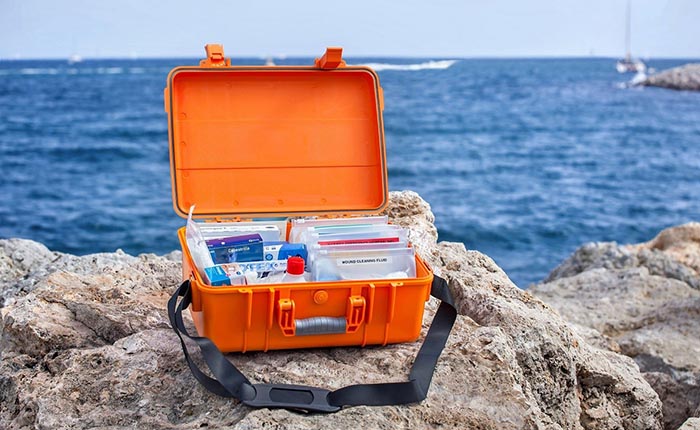Nobody wants to have to deal with emergencies, but let’s face it, they do happen. So, becoming certified in CPR will help prepare you for those emergencies. And, it will give you the opportunity to save somebody’s life.
There are specific steps that you will need to take in order to become certified in CPR. If you follow these steps, you can rest assured that you will be prepared in the event of a dire situation.
Find a Course in CPR
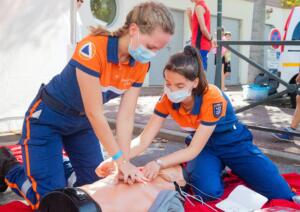 The first thing you will need to do is find a CPR course that suits your schedule. There are CPR classes that are available both in person, and online. Community centers and hospitals typically have on-going classes available to attend.
The first thing you will need to do is find a CPR course that suits your schedule. There are CPR classes that are available both in person, and online. Community centers and hospitals typically have on-going classes available to attend.
You can also visit websites such as the American Heart Association, American Red Cross, and the National Safety Council as they offer courses as well.
There are a number of different courses available for beginners as well as for individuals simply looking to refresh their skills. If you are just interested in learning about CPR, the courses are generally about an hour long, but more extensive courses are available.
Refresher Course
As previously mentioned, there are CPR courses that are geared towards individuals who have had their CPR certification in the past, but would like to take a refresher course simply to brush up on their skills. Certifications are typically only good for two years, so make sure that your certification is current and up-to-date.
Time Commitment
Classes will vary in length so make sure to choose wisely. It is important that the class you are taking fits your schedule. Some can be lengthy, while others you can take online at your own convenience. Regardless of which you choose, make sure that you pick one that you have time to commit to.
First Aid Kit
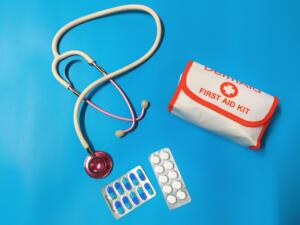 Make sure you assemble a first aid kit for emergency situations. You should also become trained in first aid as well which will help teach you how to prepare a kit. Make sure your kit has the proper bandages and gauze, as well as sanitizer and a list of CPR instructions.
Make sure you assemble a first aid kit for emergency situations. You should also become trained in first aid as well which will help teach you how to prepare a kit. Make sure your kit has the proper bandages and gauze, as well as sanitizer and a list of CPR instructions.
There are a number of emergencies that can occur, other than those that require CPR. Emergencies such as snake bites, cuts, and scrapes. It is always best to be prepared for any and all types of emergencies.
Those are just some basic steps you will need to take in order to become CPR certified. Many courses that are offered are free or are very low cost. You can call your local community center as well as hospitals to obtain more information as to where you can become CPR certified.
Hopefully, this will be a skill that you never have to utilize, but regardless, it is better to be prepared for any situation you may encounter.

